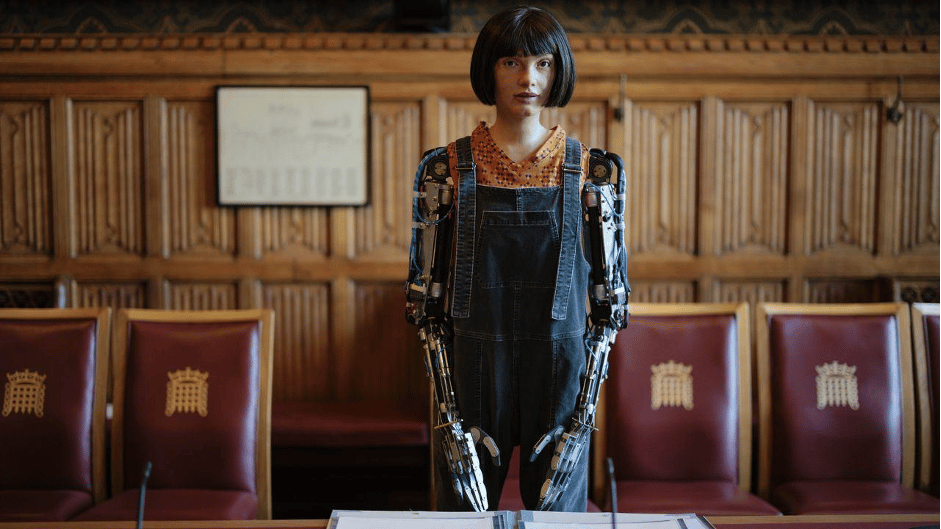The world is changing faster than we could have ever anticipated, and with that comes new opportunities and challenges. One of the fascinating recent developments is the increasing use of humanoid robots in various industries and sectors.
And now, it seems, even politics is catching up. It is fascinating to see how humanoid robots are slowly becoming more involved in various aspects of our lives. From the industrial and commercial sectors to politics, it seems there is no limit to what these robots can do. And with Ai-Da’s recent election into the UK parliament, it seems that the sky’s the limit for these increasingly humanoid machines.
While some may view the increasing use of humanoid robots with scepticism, it is undeniable that they are slowly but surely becoming an integral part of our society. It will be interesting to see how Ai-Da and other humanoid robots fare in the future as they increasingly become involved in different aspects of our lives.
What is a humanoid robot?
A humanoid robot is a robot that’s body shape is created to assimilate the human body. Japanese roboticist Waseda University Professor Hiroshi Ishiguro built the first humanoid robot in 2003. As of 2018, several humanoid robots now commercially available, such as Honda’s ASIMO and Boston Dynamics Atlas.
What was the purpose of the humanoid robot in the UK Parliament?
The humanoid robot was designed to provide information about how AI and robotics could be used in the future. Some people believe that AI and robotics will lead to a future where machines can do everything better than humans. This may be the case in certain areas, but there are still many things humans can do better than machines.
For example, machines are not yet able to accurately replicate human emotions. They also cannot think creatively as humans can. Therefore, despite the advances made in AI and robotics, humans will still be needed in the future.
How did people react to seeing a humanoid robot in Parliament?
Some people were fascinated by seeing a humanoid robot in the area, while others were sceptical about the whole concept. Some believe that using humanoid robots in various industries and sectors shows the world’s changing faster than we could have ever anticipated. And with that comes new opportunities and challenges. It will be interesting to see how humanoid robots fare in the future as they become increasingly involved in different aspects of our lives.
What does this say about the future of robotics?
The fact that a humanoid robot has been elected into the UK Parliament shows that robots are slowly becoming more involved in various aspects of our lives. This sign that the world is changing and that we must be prepared for the future.
What other applications could humanoid robots have?
So far, humanoid robots have been used in the industrial and commercial sectors, and now they are even involved in politics. It seems that there is no limit to what these robots can do. In the future, we may see humanoid robots working as nurses, teachers, or even police officers.
Are there any ethical concerns with humanoid robots?
Some people may have ethical concerns about the increasing use of humanoid robots. For example, they may worry about robots taking over the jobs that humans currently do. They may also worry about the safety of humans if they are around robots that are built to resemble humans. A detailed article is written on fortress one.
Summing Up:
The increasing use of humanoid robots is a sign that the world is changing and that we must be prepared for the future. These robots have the potential to do many different jobs, including jobs that humans currently do. While some ethical concerns need to be considered, overall, the increasing use of humanoid robots is a positive development.

